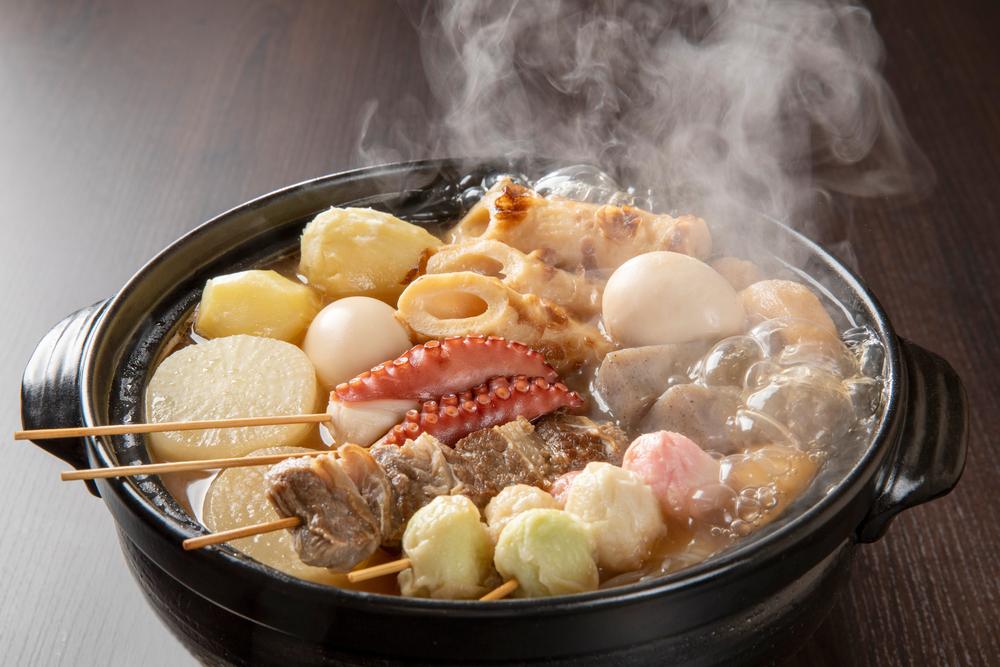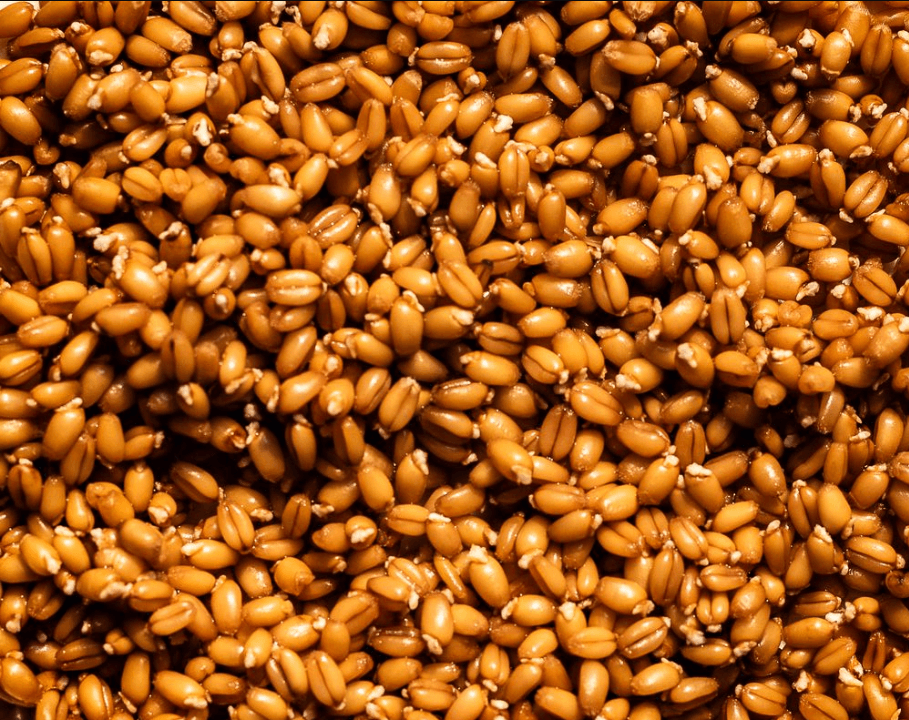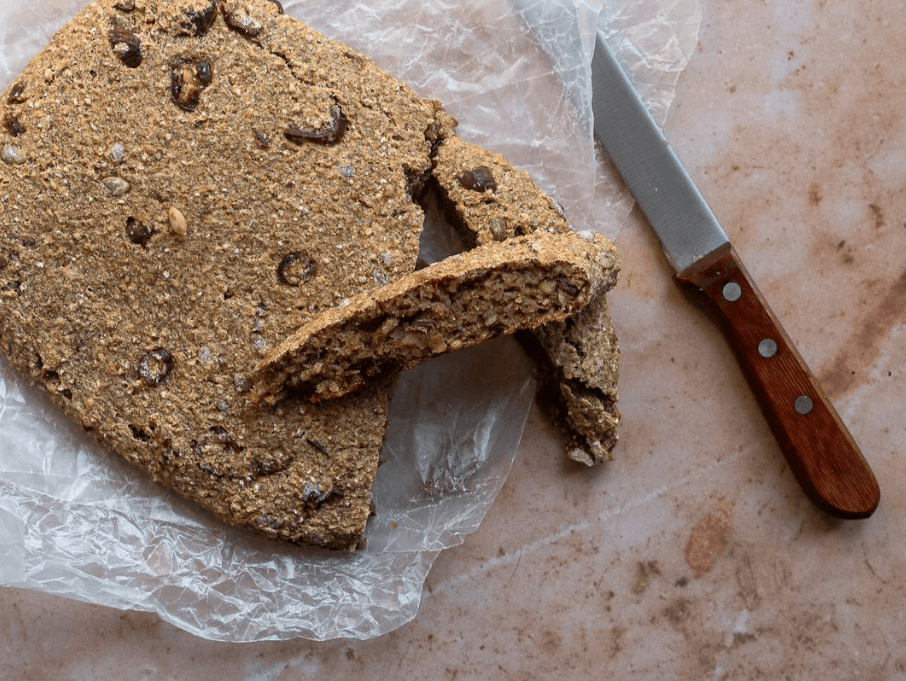Along a busy street in Bangkok sits an unassuming restaurant that’s been serving the same brothy beef soup for half a century. The family restaurant, Wattana Panich, serves not just the same recipe as it did nearly 50 years ago, but the exact same soup—it’s been simmering in a cauldron at the restaurant’s entrance for generations. After cleaning, the leftover broth is returned to the pan, where it simmers with fresh ingredients, and the cycle continues perpetually.
Wattana Panich isn’t the only restaurant to practice this technique. Otafuku, one of the oldest soup shops in Tokyo, has reputedly been simmering the broth for its oden, a type of brothy stew spiked with soy, since 1945. Chinese restaurants carefully guard their master stocks, some of which have simmered for centuries. Chan Kan Kee Chiu Chow Restaurant in Hong Kong has kept its master stock, which is made with goose and various spices, going for 75 years.





